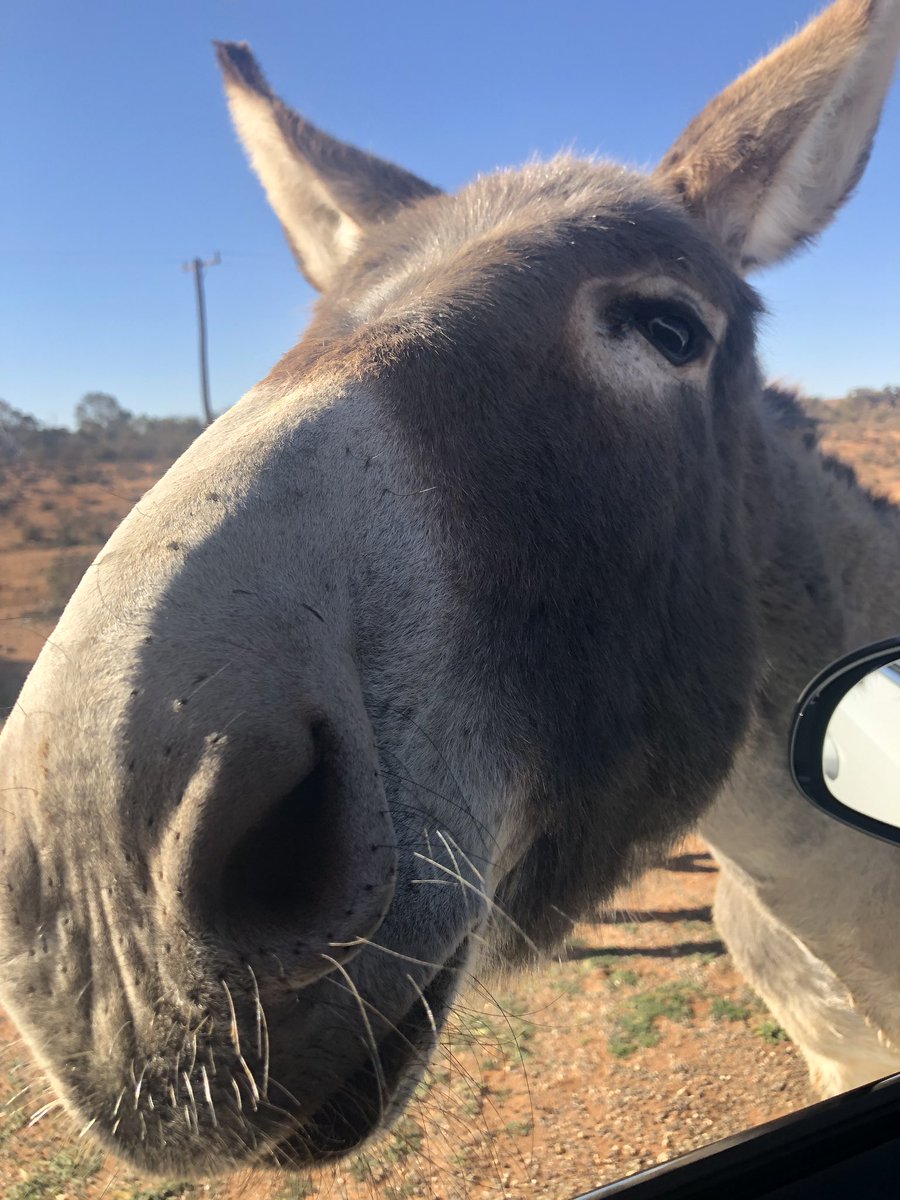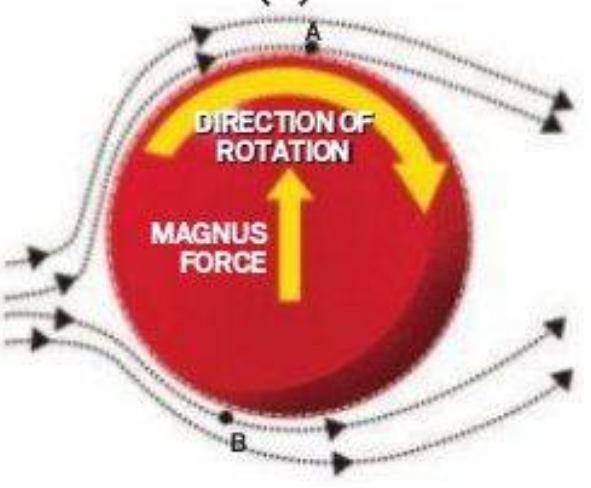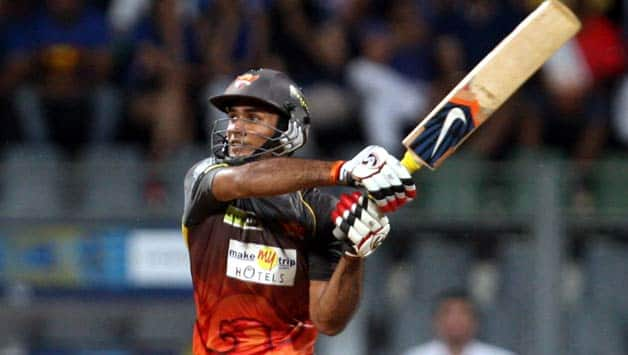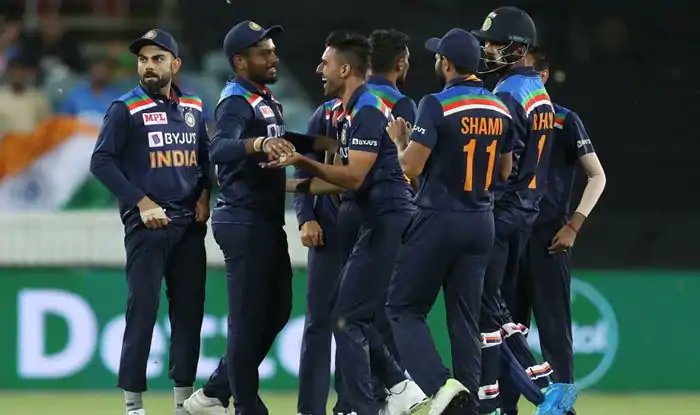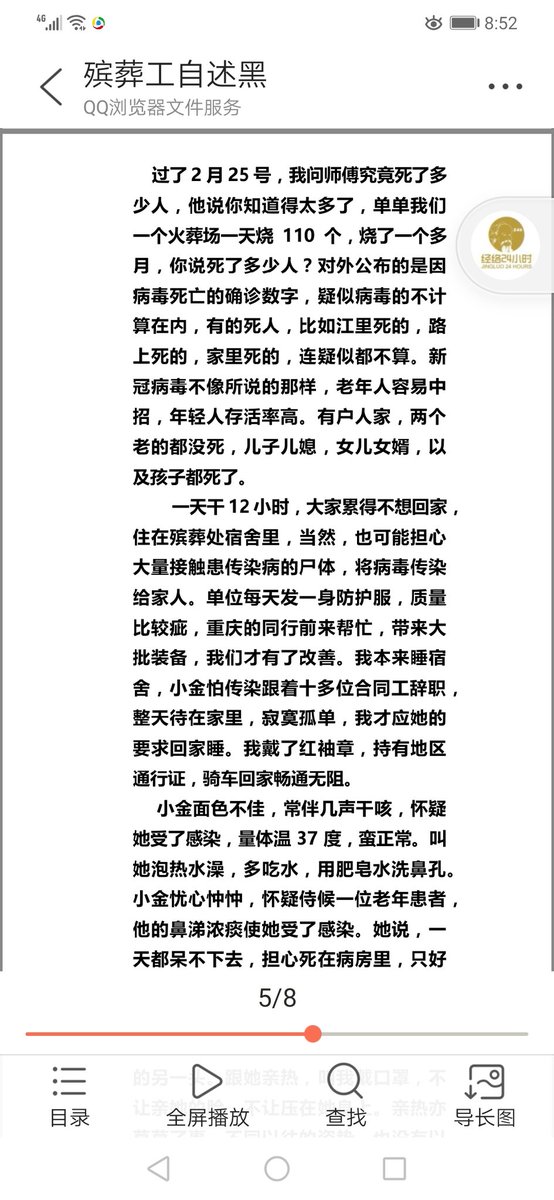Female athletes are still subjected to the equivalent of a sex test, based on whether they appear feminine.
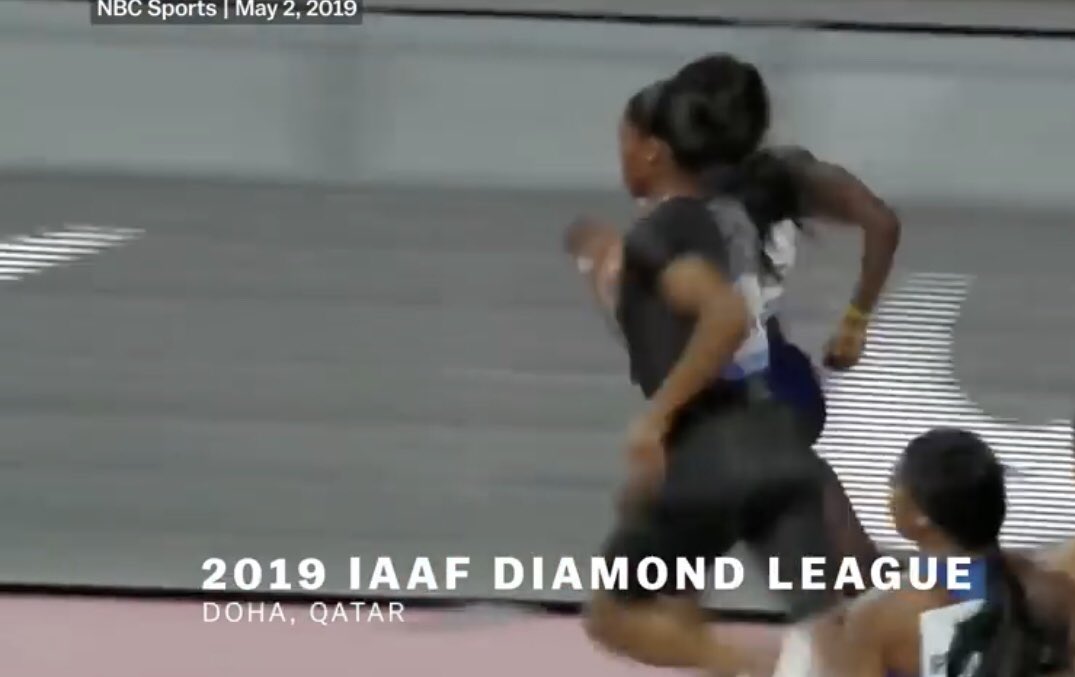

https://t.co/V9Ggi6cJVH
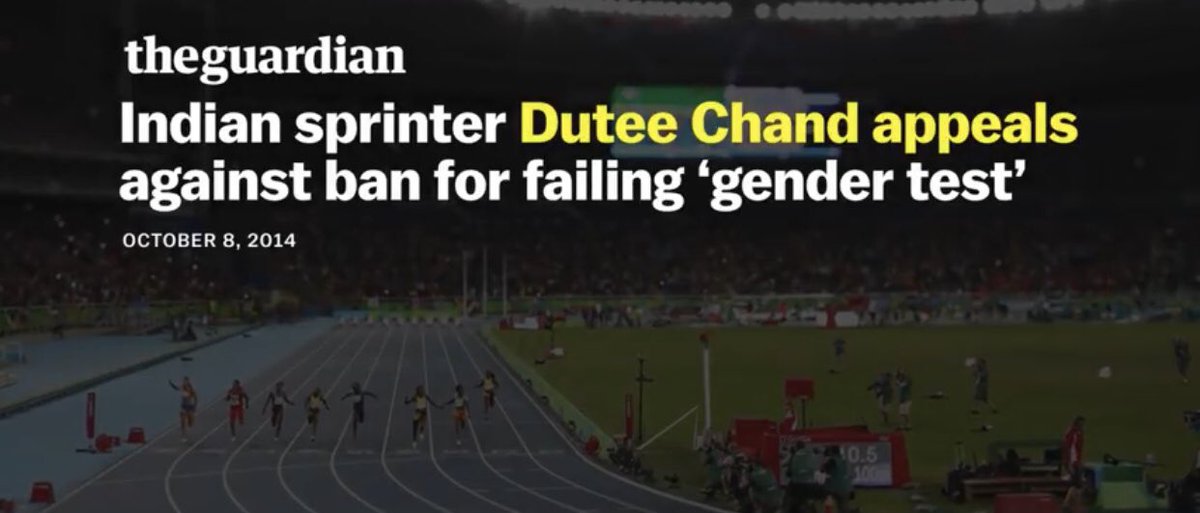
More from Kirsti Miller
Would having the testosterone limit for transgender women at 10nmol/L (5-10 times what’s considered “typical” for women) give them a massive advantage over their cisgender opponents?
Absolutely not, is recognized an XY chromosome body is seen as unhealthy <12nmol/L or less. A XY female as they lose the ability to produce natural occurring testosterone, falls into a range of 0.4nmol/L.
Which we know too, the individual falls into menopause at 9.6nmol/L, and due to complete androgen deprivation eventually into the position of that would equate a XX female = who had had a complete hysterectomy including her gonads.
We can be assured, one this is extremely unhealthy – Moreover, and most important, we can be assured that there are no women either XX and or XY competing internationally like this.
This is not for anyone a desired state and for the participation high performance sport eventually impossible to participate longterm.
XX women do not have their endogenous testosterone levels regulated in any sport. They can and do compete with T levels well into the normal male range around 13.7%. XX receptors are also 10 times more sensitive to T than an XY this could also be seen as unfair. https://t.co/PiERbwBxEP
— Kirsti Miller (@KirstiMiller30) January 28, 2021
Absolutely not, is recognized an XY chromosome body is seen as unhealthy <12nmol/L or less. A XY female as they lose the ability to produce natural occurring testosterone, falls into a range of 0.4nmol/L.
Which we know too, the individual falls into menopause at 9.6nmol/L, and due to complete androgen deprivation eventually into the position of that would equate a XX female = who had had a complete hysterectomy including her gonads.
We can be assured, one this is extremely unhealthy – Moreover, and most important, we can be assured that there are no women either XX and or XY competing internationally like this.
This is not for anyone a desired state and for the participation high performance sport eventually impossible to participate longterm.
”No child should ever be forced to live a life that is not theirs, I did and it nearly killed me many times.”
It appears that every time an under-age Transgender person attempts to access medical care to make their lives better conservative people try to say they’re not ready for it.

As an older transgender woman who waited until I my mid 30’s due to those same prevailing attitudes, I feel it’s sad right-wing people are still trotting out those same tired old lines.
According to them, we’re too young to know our gender pre-pubescent and when we start undergoing a puberty which doesn’t align with our gender identity apparently we’re still far too young to access puberty blockers to make the masculinisation process go away.
These people only want us to access medical care after the age of 18 and that’s when it’s far too late for many Trans women, as the whole masculinisation process [which we didn’t want in the first place] has already happened.
Sport in a way made my transgender self so much harder because the more well-known I become, the more difficult it become to come out as who I truly was.
— Kirsti Miller (@KirstiMiller30) July 1, 2020
2- pic.twitter.com/I7hgkLPAQa
It appears that every time an under-age Transgender person attempts to access medical care to make their lives better conservative people try to say they’re not ready for it.

As an older transgender woman who waited until I my mid 30’s due to those same prevailing attitudes, I feel it’s sad right-wing people are still trotting out those same tired old lines.
According to them, we’re too young to know our gender pre-pubescent and when we start undergoing a puberty which doesn’t align with our gender identity apparently we’re still far too young to access puberty blockers to make the masculinisation process go away.
These people only want us to access medical care after the age of 18 and that’s when it’s far too late for many Trans women, as the whole masculinisation process [which we didn’t want in the first place] has already happened.



